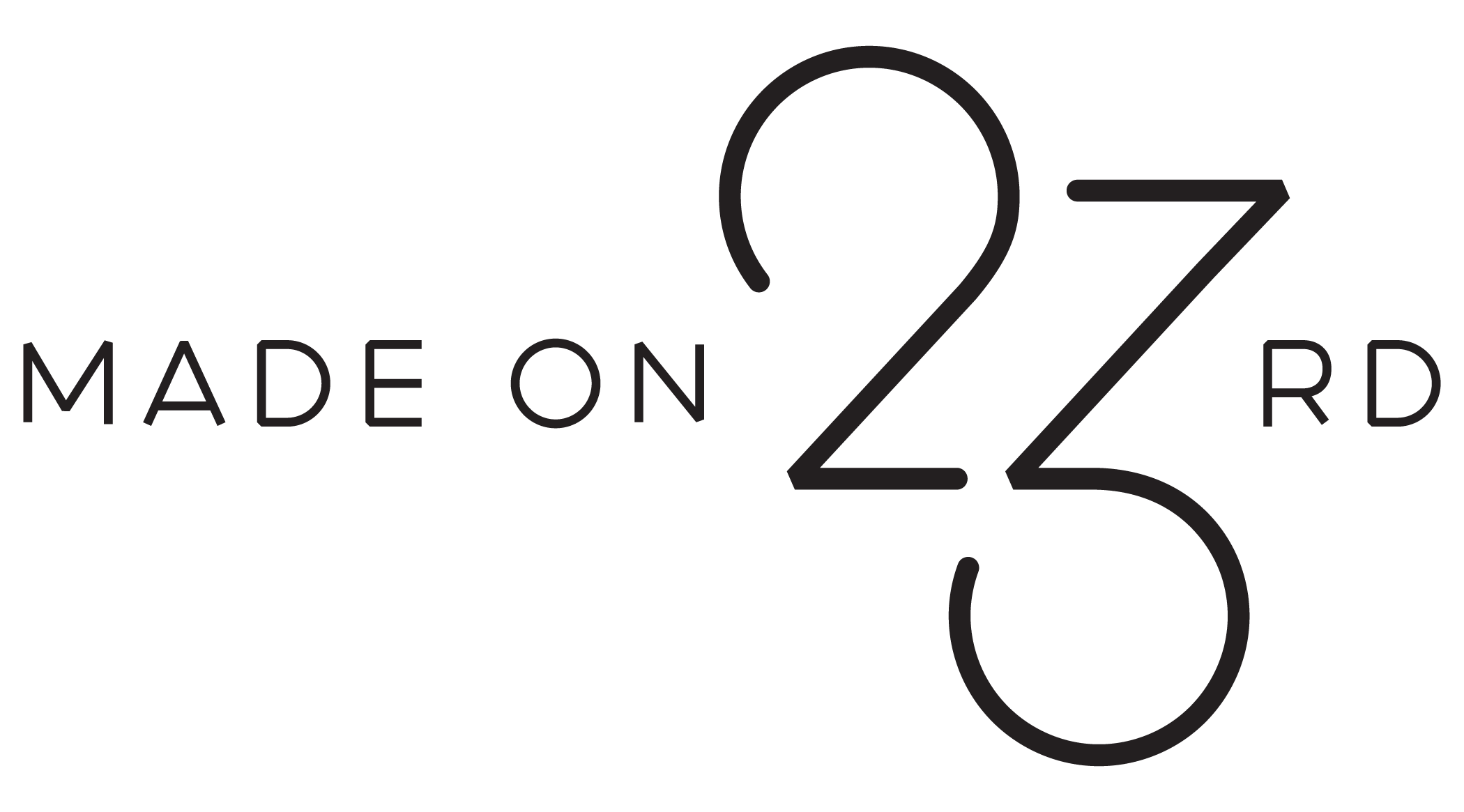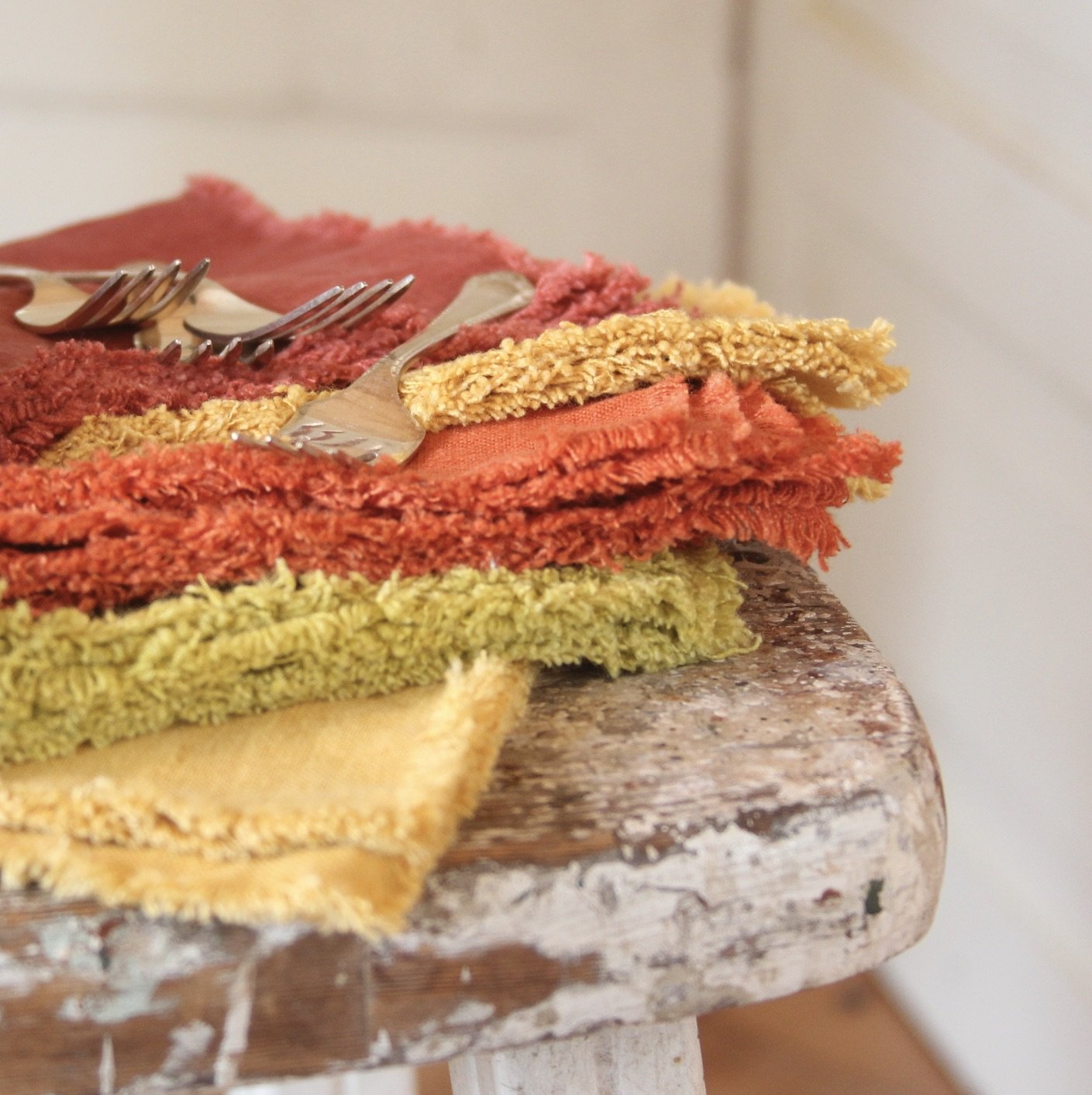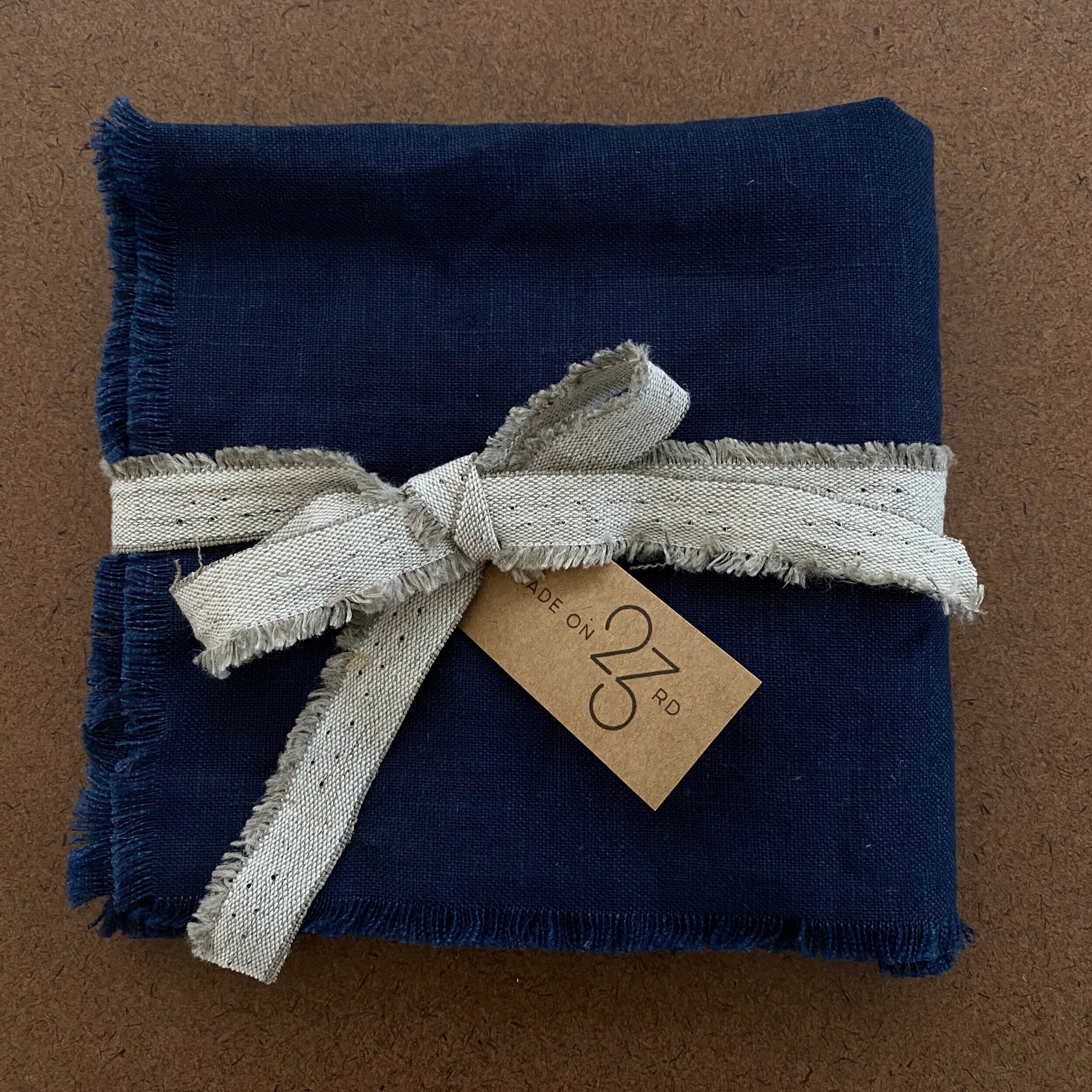Thrifted Treasure Series Part 1 - Milk Glass
I always wonder what the backstories are of items I see while thrifting. Who did it belong to? How was it used? Was it cherished? What stories could it tell?
Our parents downsized over the past few years and we’ve enjoyed hearing the stories of “things” they owned. Often times…the things we cherish are not the “valuable by dollars” but the “sentimental by memories”.
Letting go of “things” is difficult but it can also be freeing…and…knowing it will be enjoyed by someone else makes it a little more palatable.
It’s easy for me to say that now…but when it’s my turn to downsize…YIKES! I’m still in my “collecting” phase.
“Which brings up the subject of thrift shops…I buy a lot of things in thrift shops…I like the second hand stuff because it has character…and it’s not what a thing costs…but it’s what it’s been through.”
~ Barbra Streisand
Like Barbra, I love the character of old things and their stories and that was the inspiration for this blog series.
I hope you will follow along over the next few months as we explore different vintage items, their backstories, and how we can use them in your homes!
I shared my “Rules for Thrift Shopping” and “Things to Look For” in a previous blog post…you can pop over here to take a look.
Today we will focus on MILK GLASS.
Milk Glass History
“Milk glass is believed to have been made as early as the 1500s in Venice, Italy. This type of glass was originally introduced as a lower-cost alternative to porcelain, which was highly prized and being imported to Europe from China.” ~ glassbottlemarks.com
“Its production and popularity waned during the Great Depression but saw a resurgence after World War II. Thanks to a frenzy of mass production during the 1950s and 1960s from companies such as Anchor Hocking, Fenton, and Westmoreland, the mid-century finds are readily available today.” ~ countryliving.com
Fenton Hobnail pattern is easy to recognize by its “bumps.” I found a pair of candle bowls recently for $8 each.
“Fenton produced huge quantities of glass in their so-called “hobnail” pattern which was introduced in 1939. Many, many colors were made including shades of red, yellow, green, amber, cranberry, pink, custard, blue, multi-colored opalescent glass and of course white milk glass.” ~ glassbottlemarks.com








































